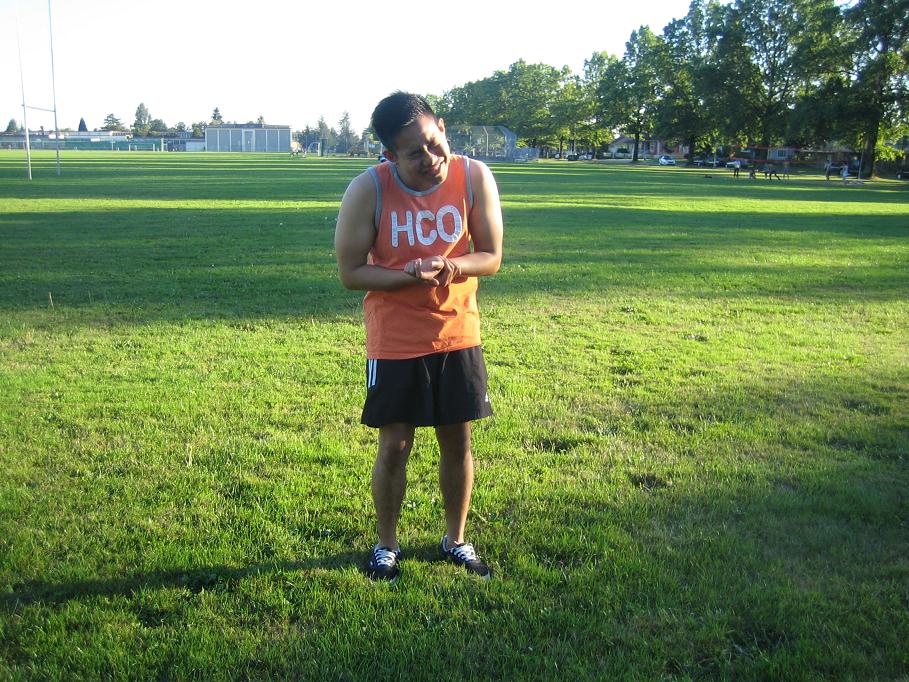Sea lice are small larvae of the jellyfish with stinging cells. Their bites can be seen under the bathing suit as a red rash with small blisters. They are also called ocean itch, sea bather’s rash, pica-pica, beach lice and sea poisoning.
These sea creatures have stinging cells on the body called nematocytes. When they are touched they activate and inject the toxins on the intruders for self-defense. The toxins result to rashes in the body. They cannot be seen with the naked eye.
Symptoms of sea lice bites
- Severe itchiness that last for several hours
- Inflamed and irritated itchy red rash
- Tiny blisters
- Fever and chills
- Headaches
- Nausea
- Tingling sensations in the skin while still in the water especially in the groins, breast and around the wet suit cuffs.
- Fatigue especially in children
Take the prescribed over-the-counter anti-inflammatory medications such as aspirin or ibuprofen to lessen the inflammation and the pain. - Urethritis or inflammation of urethra
- Pink eye
Treatment
- Avoid rubbing or scratching the skin to prevent making the condition worse. Rinse the body and pat dry the skin using a towel, avoid rubbing the body with the towel.
- Remove the contaminated swimsuit. Take a shower using fresh water and soap to flush out remaining stinger in the body.
- Soak the contaminated swimming or diving trunks in vinegar or rubbing alcohol, and then wash them using a detergent to prevent recurrence of sea bather’s rash. Dry-heat the swimming or diving trunks to kill the larvae. Another alternative is throwing away the contaminated swimsuits in severe conditions.
- Apply ice pack or cold compress on the site to lessen the pain and the inflammation. Place few ice cubes in a plastic bag, wrap it in a towel before placing to the area several times until the rashes subsides. Another alternative is soaking a clean washcloth in cold water, wring out excess water and then place in the site to lessen the pain.
- Take the prescribed over-the-counter anti-inflammatory medications such as aspirin or ibuprofen to lessen the inflammation and the pain. Avoid giving aspirin to children below 16 years old to prevent the risk of developing the Reye’s syndrome.
- Rub calamine lotion to lessen the itchiness of the area and lessen the rash.
- Take the prescribed antihistamines to stop the urge to scratch the affected area and result to further irritation. Apply 1% hydrocortisone cream to the area at least 2-3 times every day for 2 weeks until rashes disappear. It lessens the itchiness and the discomforts caused by the condition. Avoid applying the cream to the vaginal or rectal areas on children below 12 years old and toddlers below 2 years old.
Tips
- Remove the bathing suit and swimming gear immediately after a swim to prevent exposure to the stingers that are trapped in the suit. Washing them immediately using a detergent before using it the next time.
- Apply a thick layer of Vaseline on the skin and waterproof moisturizers ointments to prevent rash.
- Use a tight-fitting wet suit when diving in waters infested by sea lice.
FACT CHECK
https://en.wikipedia.org/wiki/Sea_louse

